Subjects
Grades
Conjunctions help to connect thoughts, ideas, actions as well as nouns, clauses or other parts of speech together.
There are two main types:
Coordinating conjunctions (also called coordinates) join two equally important elements of a sentence (two nouns, two phrases, two clauses).

There are seven coordinating conjunctions:
|
for: a formal way of saying “because” to explain a reason |
|
and: to add one element to another |
|
nor: to add another negative idea |
|
but: to add a contrasting idea |
|
or: to add another possibility or choice |
|
yet: to add emphasis to a contrasting idea |
|
so: to link a cause and effect between ideas |
for
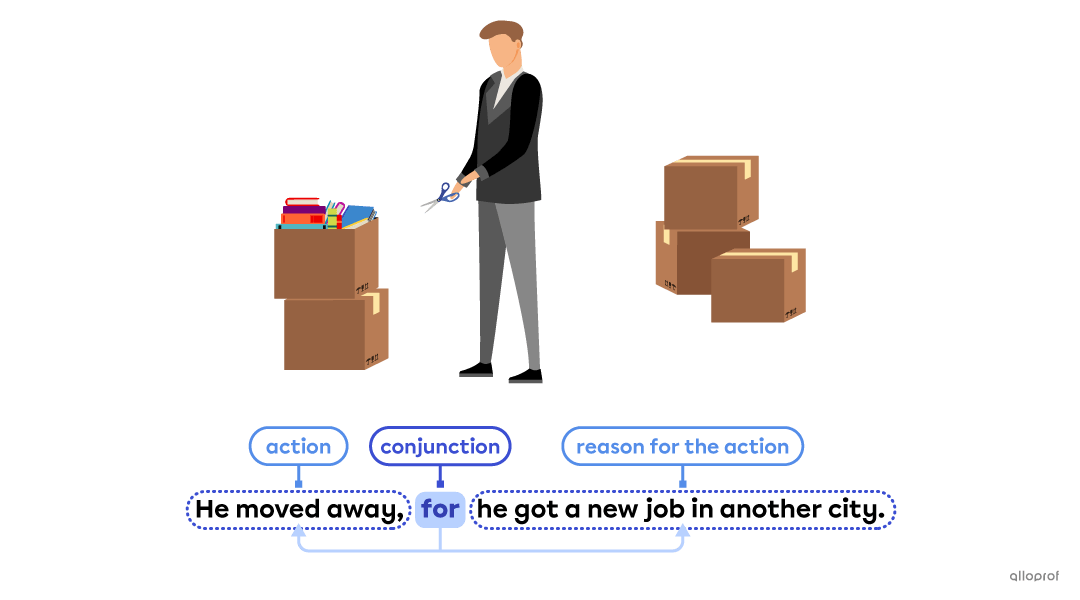
and
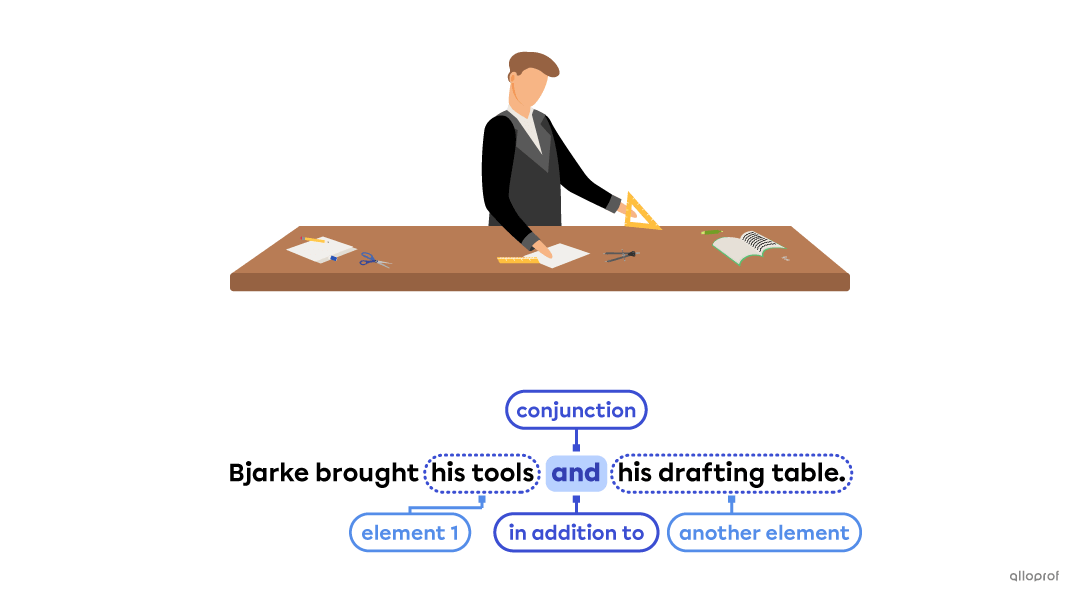
nor

but
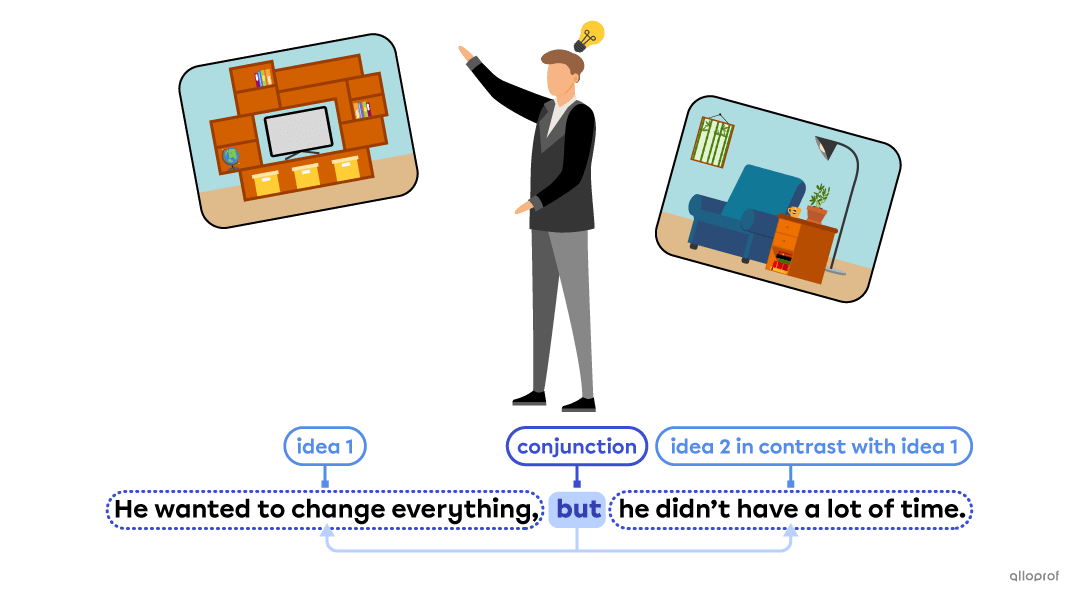
or

yet
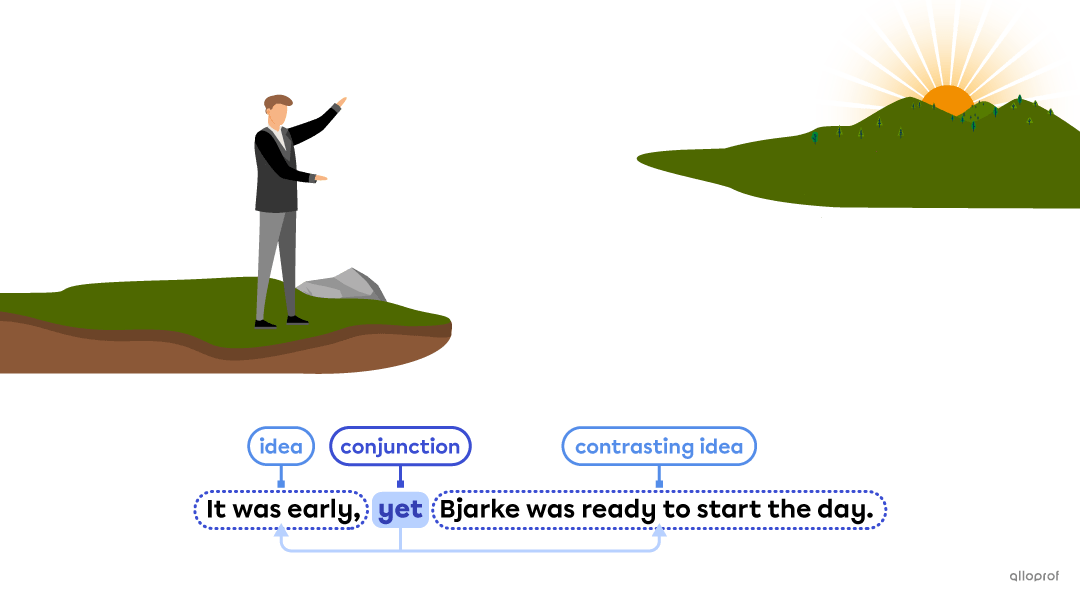
so
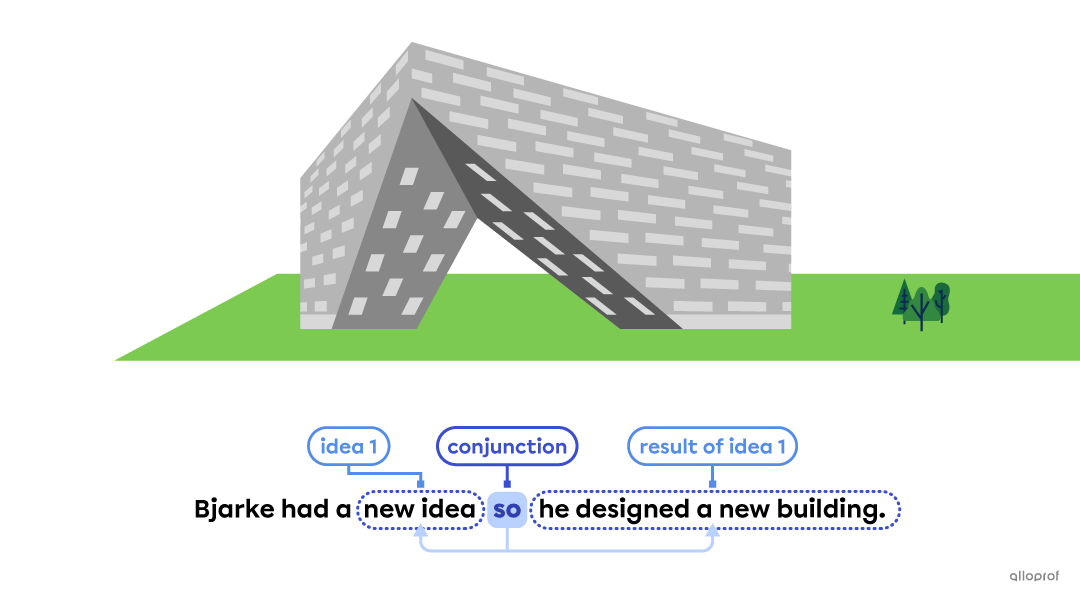
A good way to remember conjunctions is the acronym FANBOYS.
It is formed with the first letter of each coordinating conjunction.

Subordinating conjunctions (also called subordinates) in a complex sentence, link one dependent clause to an independent clause.
In other words, one part of the sentence is more important than the other. The least important part would not mean the same alone, it needs the other part to have complete context.
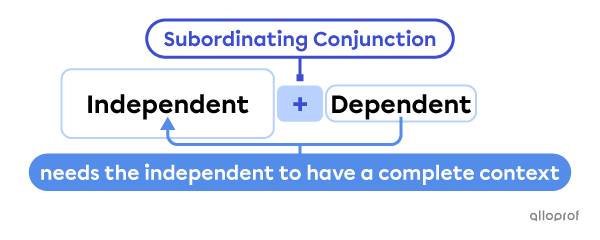
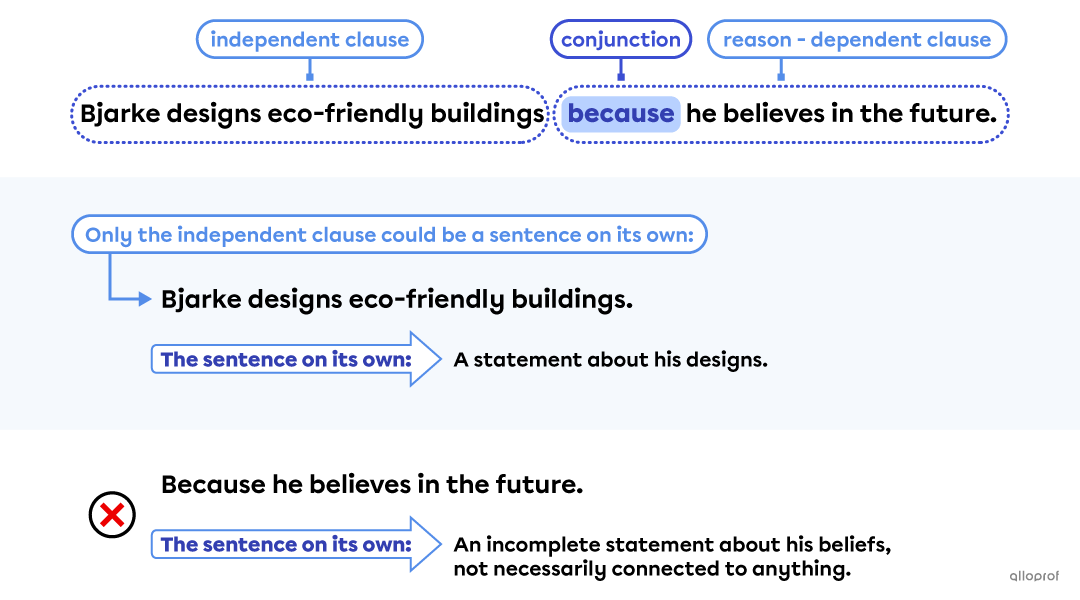
Subordinating conjunctions can give context to:
|
Time |
Condition |
Comparison & Concession |
Place |
Cause & Reason |
|
before |
if |
than |
where |
because |
Here are some examples of subordinating conjunctions used in different contexts:




Correlative conjunctions (also called paired conjunctions) link two independent clauses.
In other words, both parts of the sentence are equally important.
|
either/or |
Bjarke could choose either the cool colour scheme or the warm colour scheme. |
|
neither/nor |
For his new building, he wanted neither help nor assistance. |
|
not only/but also |
Not only was that a mistake but it also created problems. |
|
both/and |
Both his friends and family told Bjarke to watch out. |
|
whether/or |
The outcome wouldn’t change whether he went for it or not. |